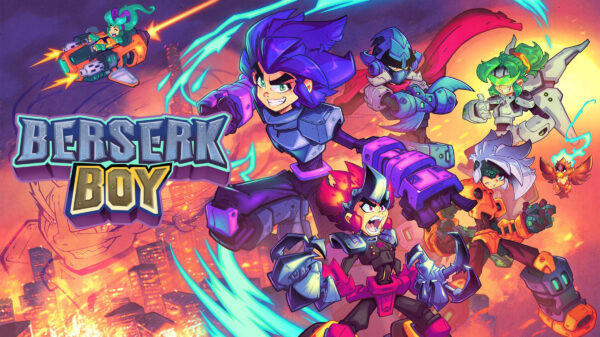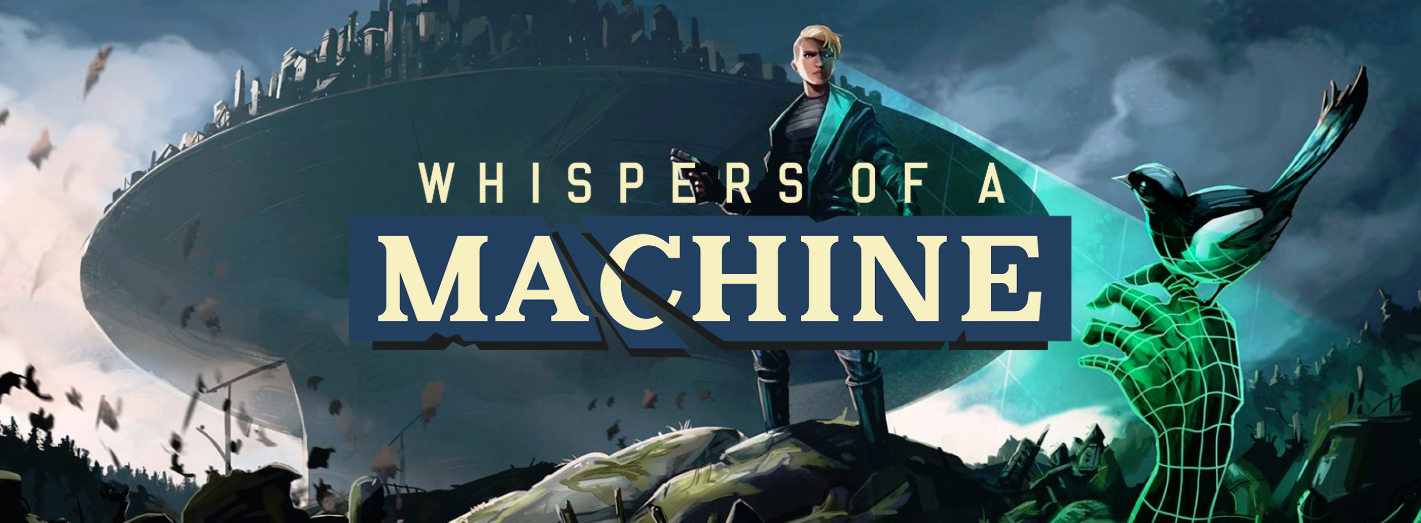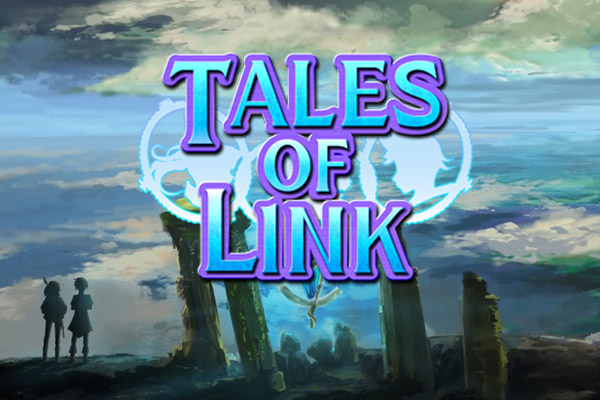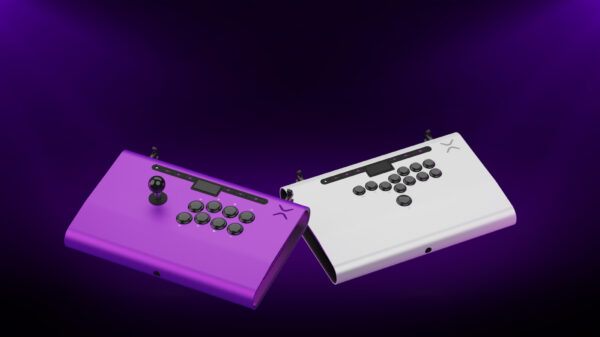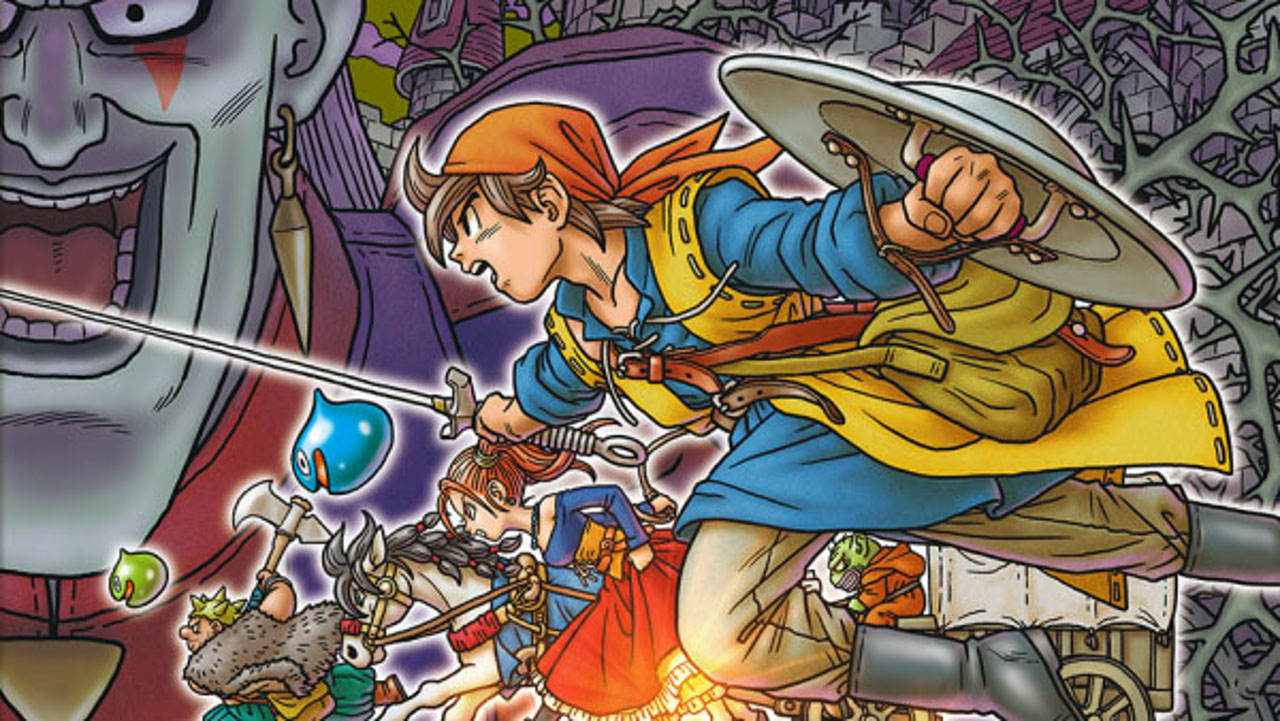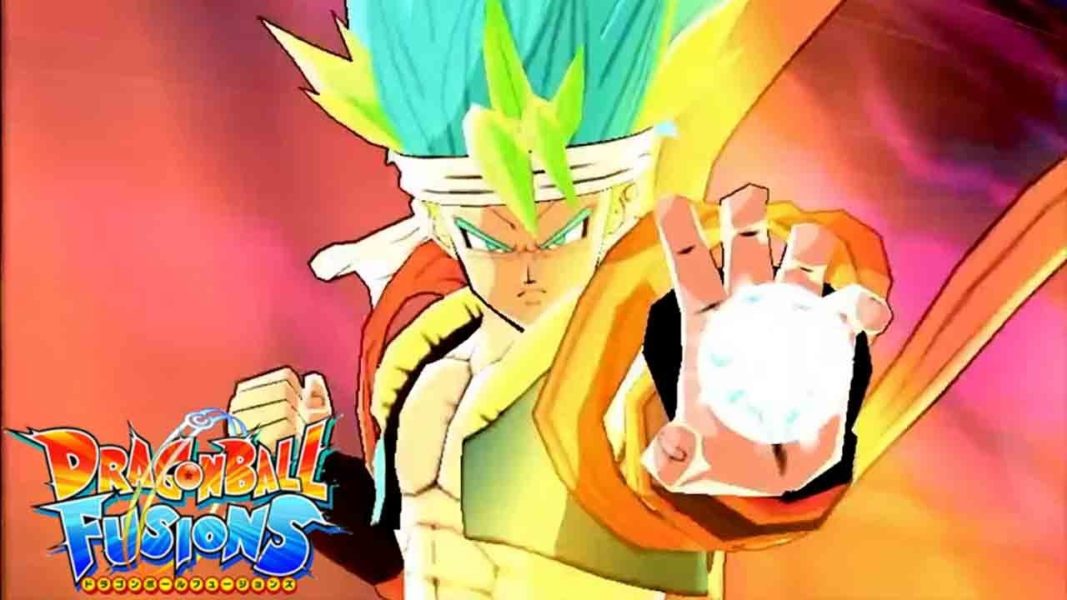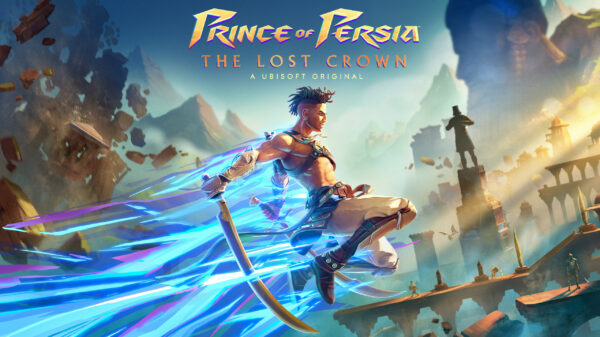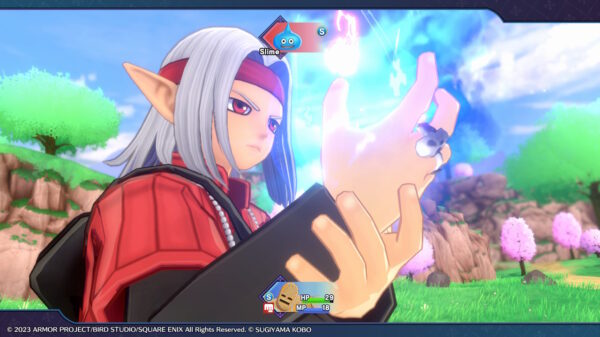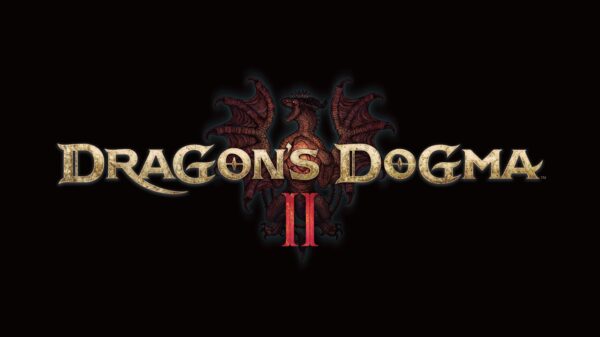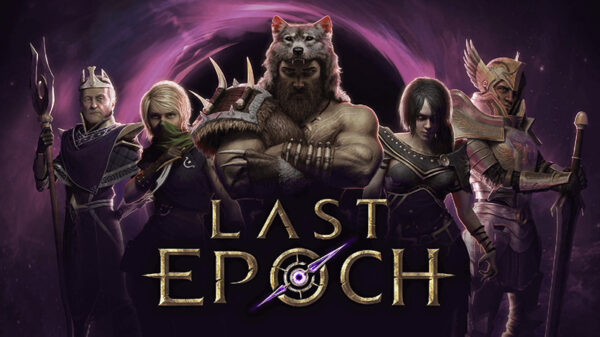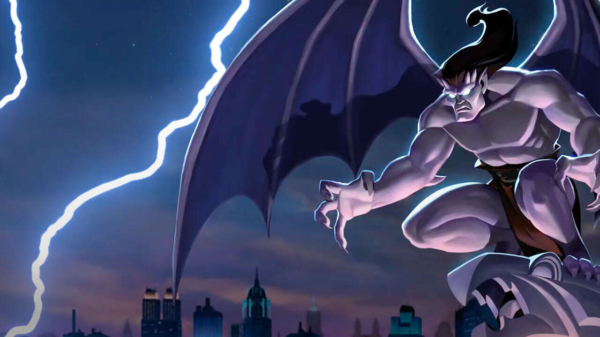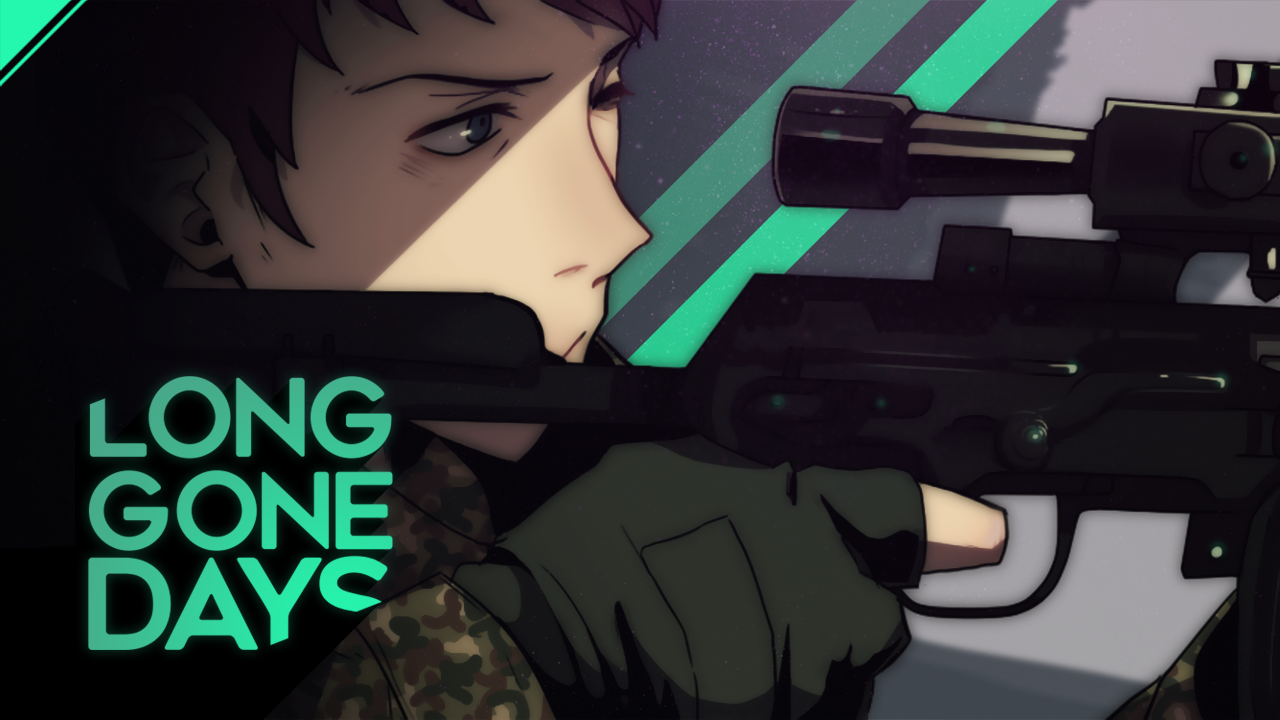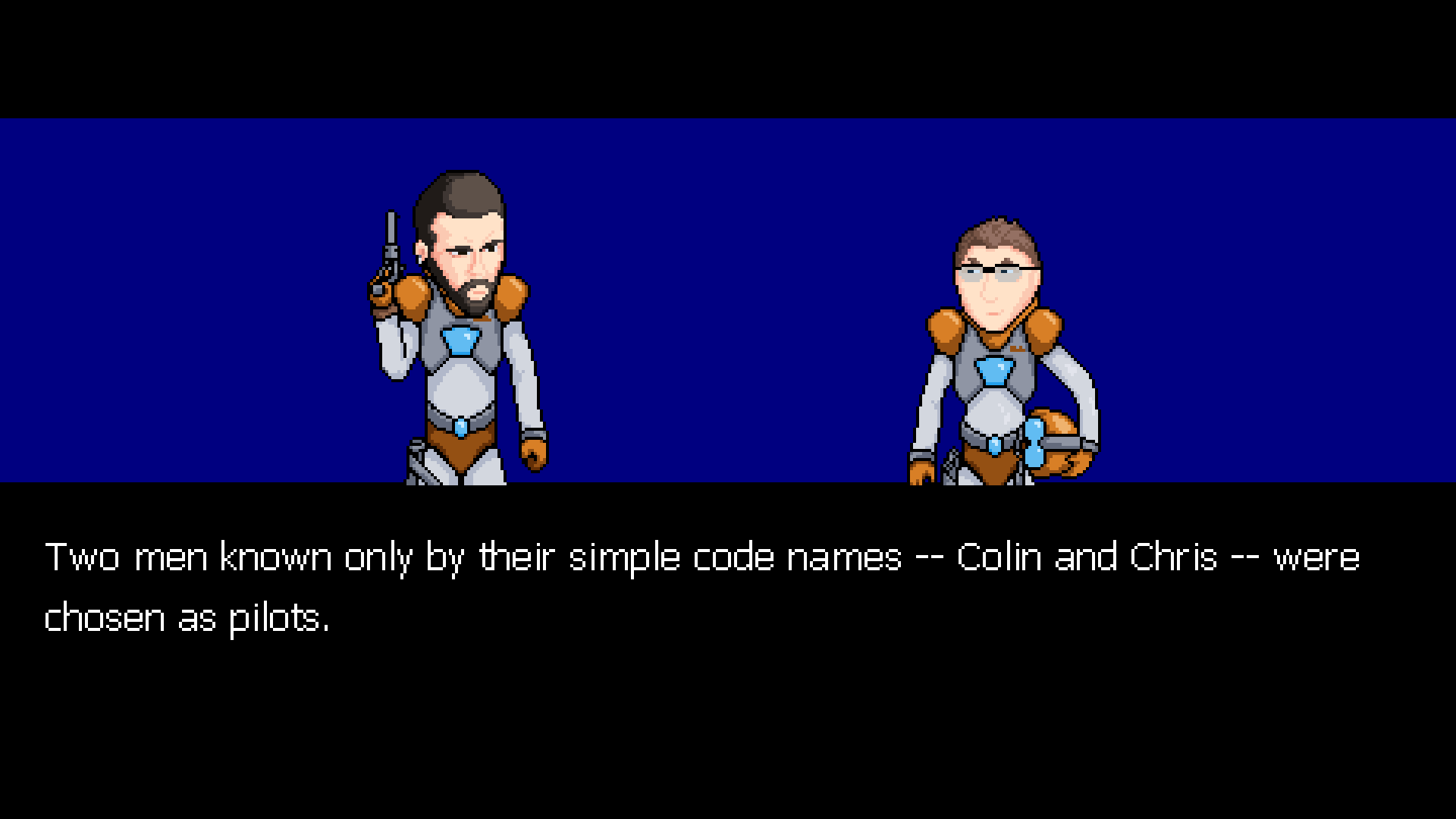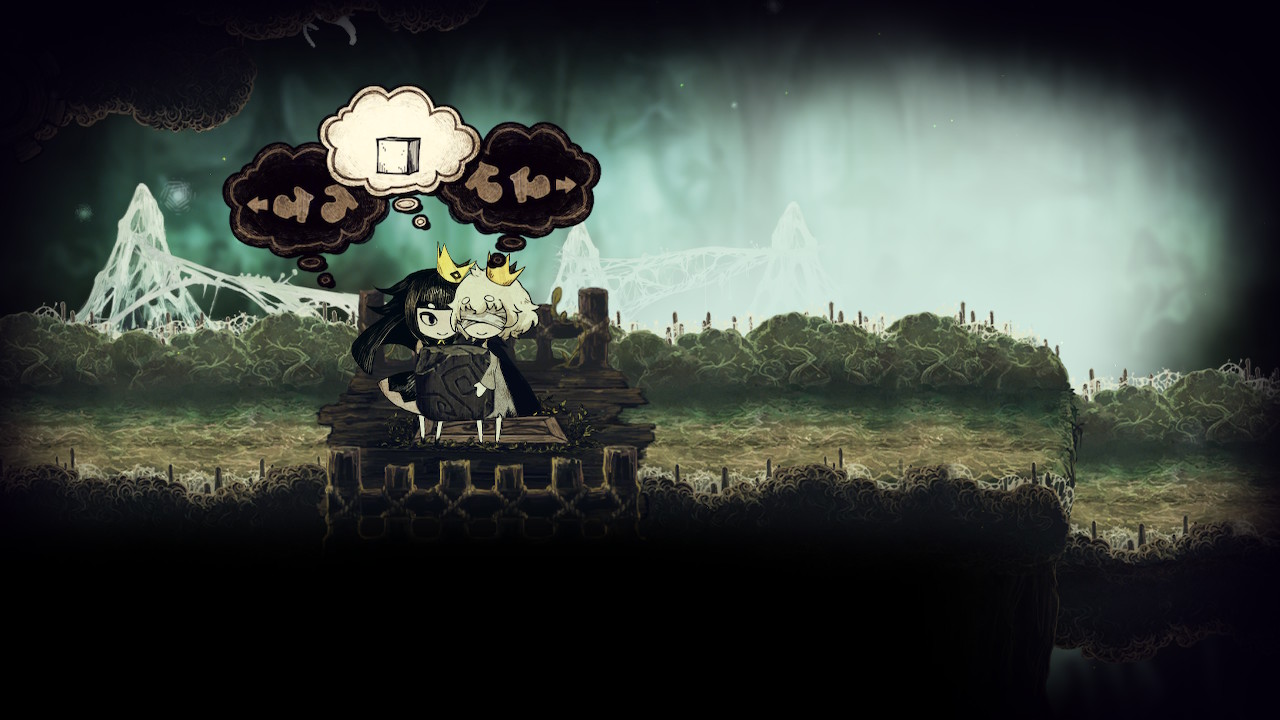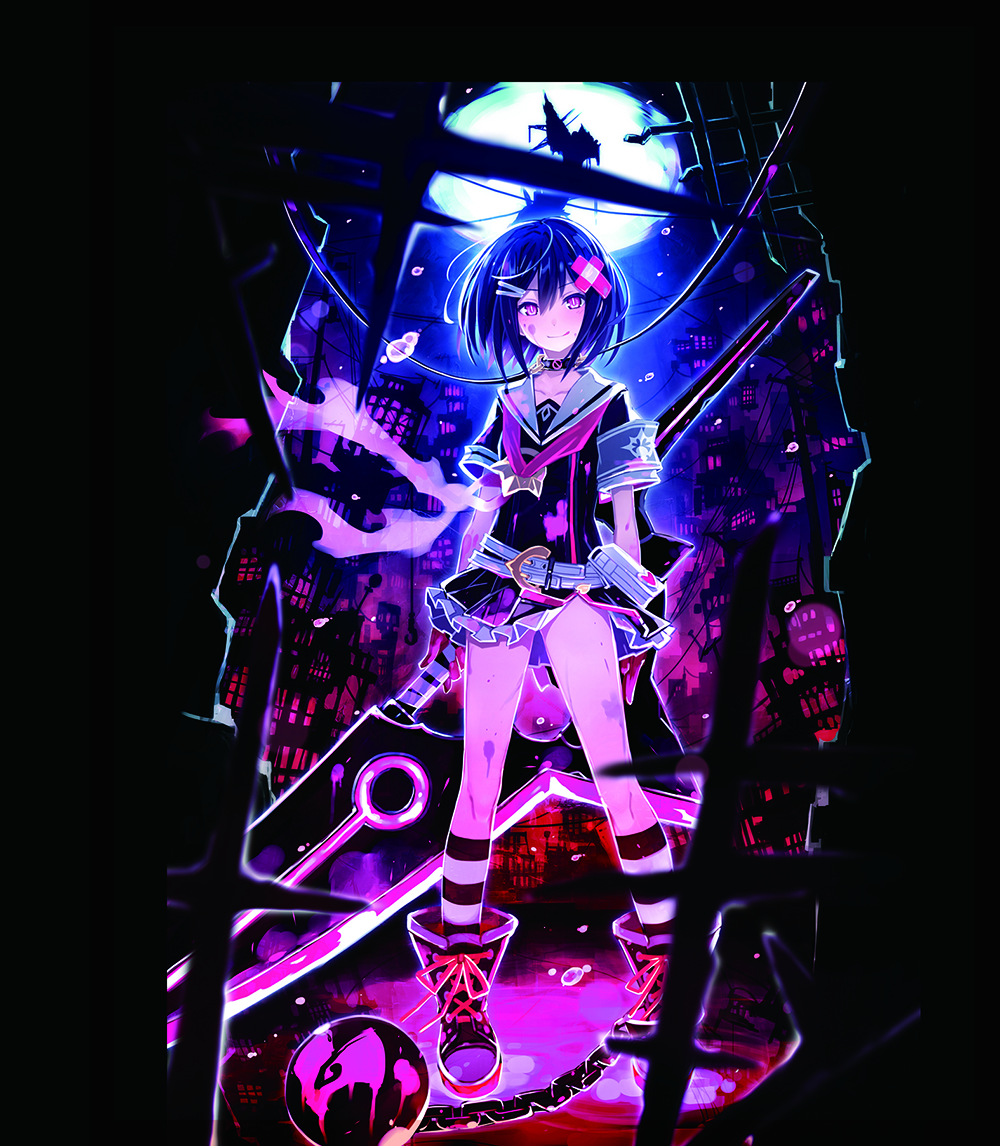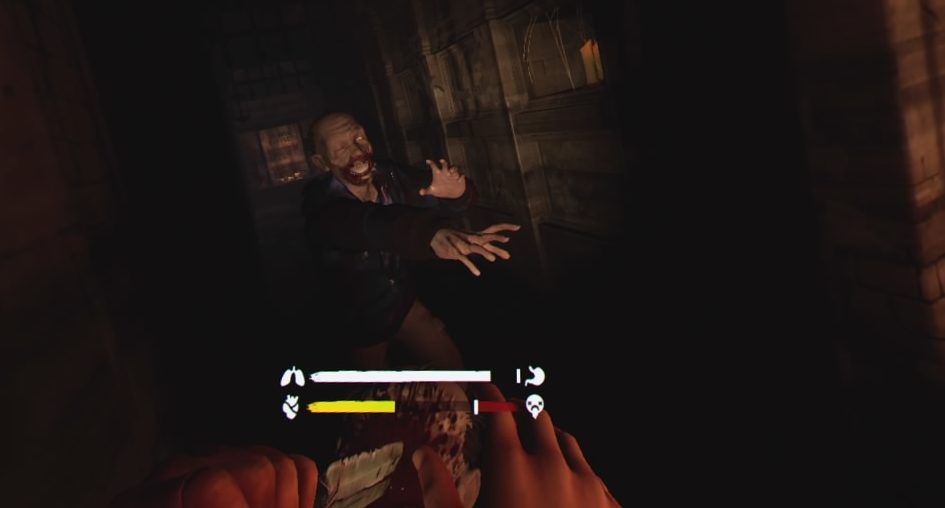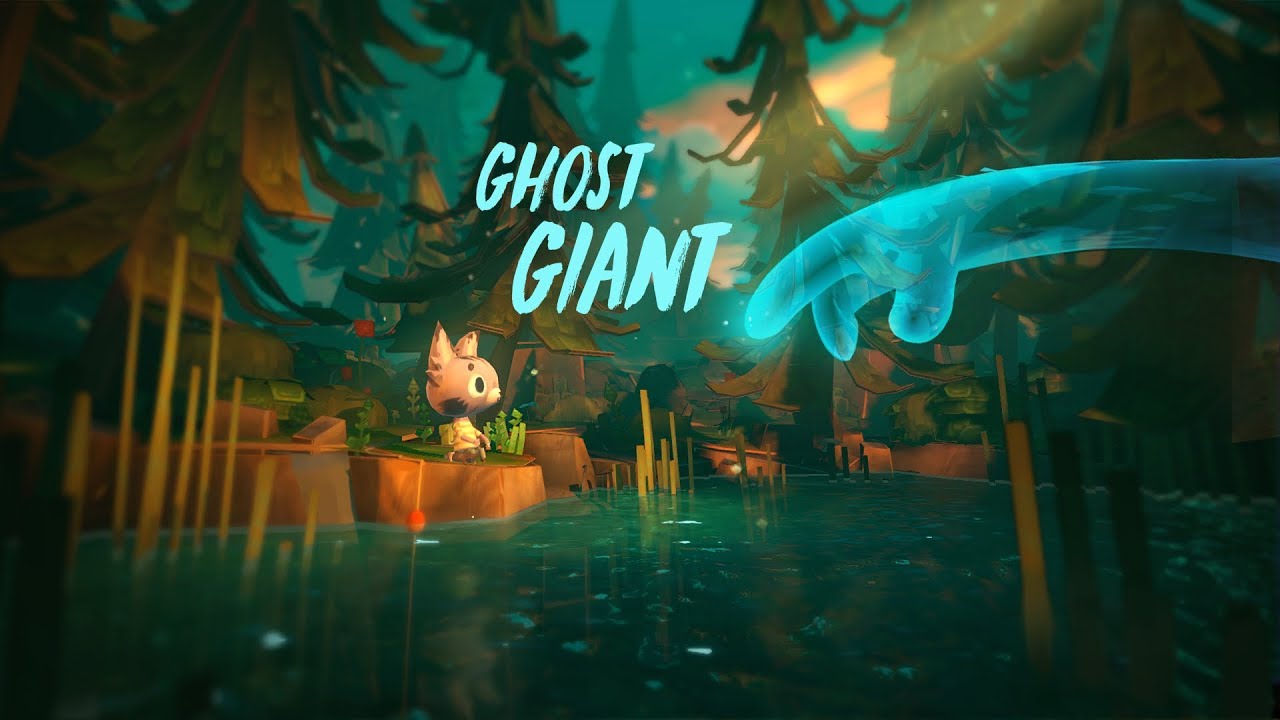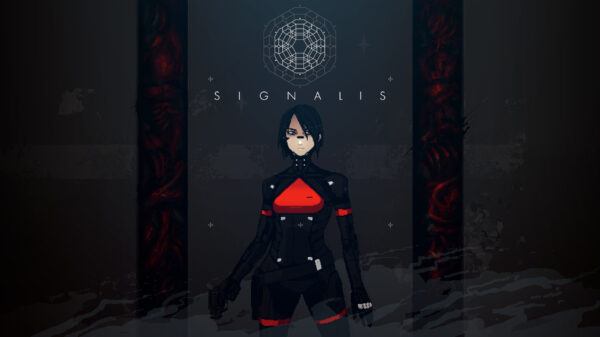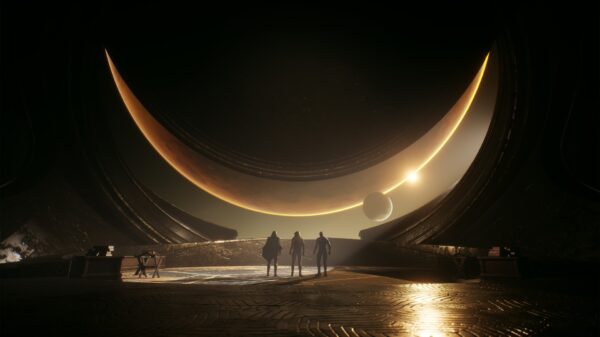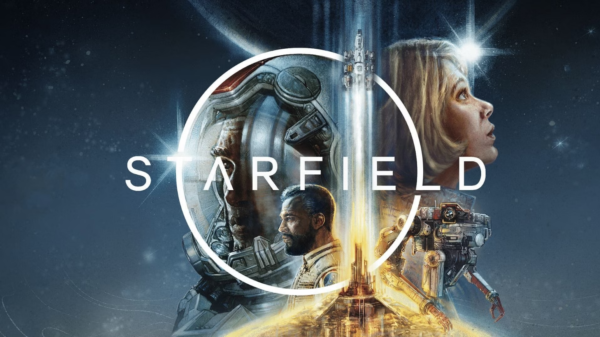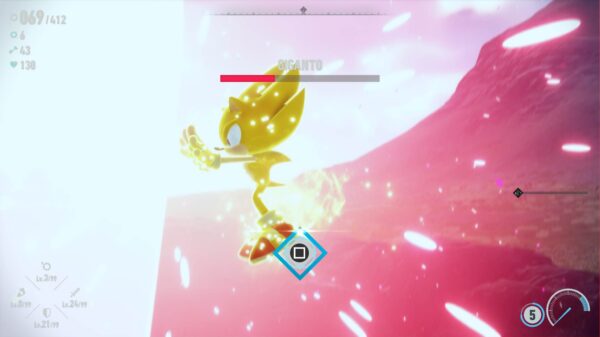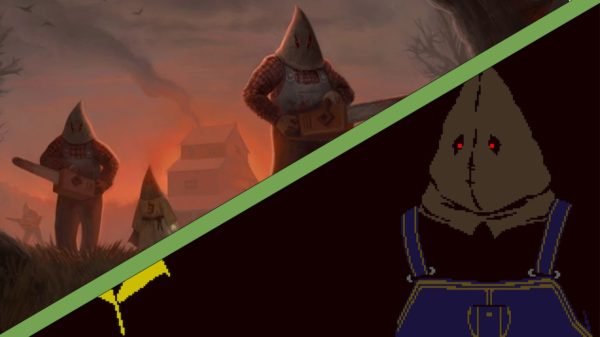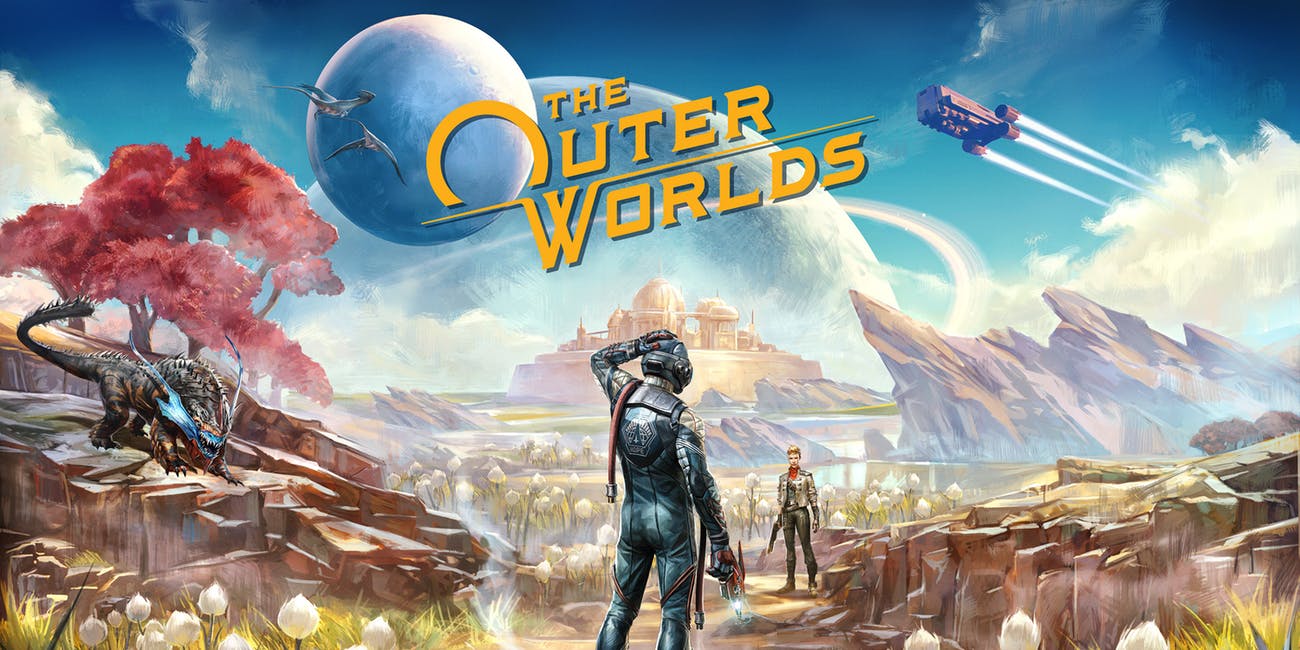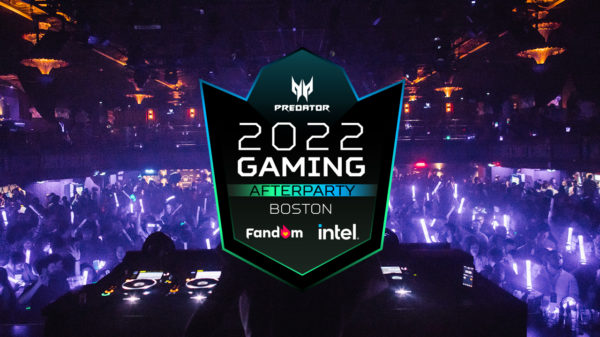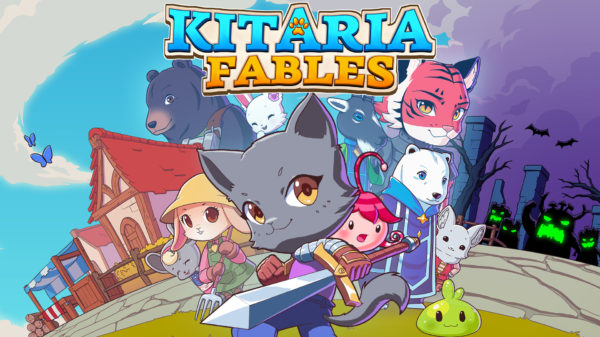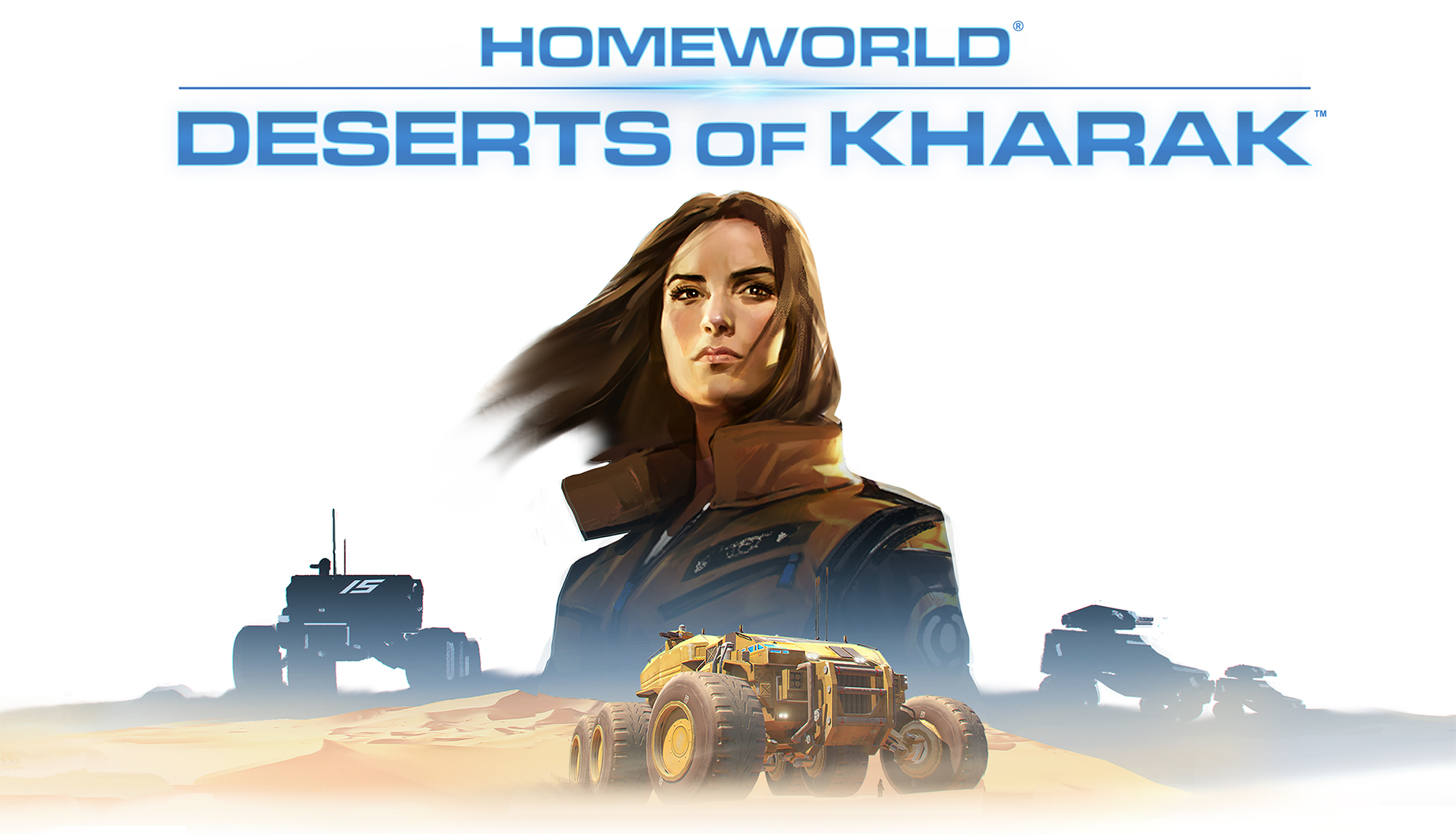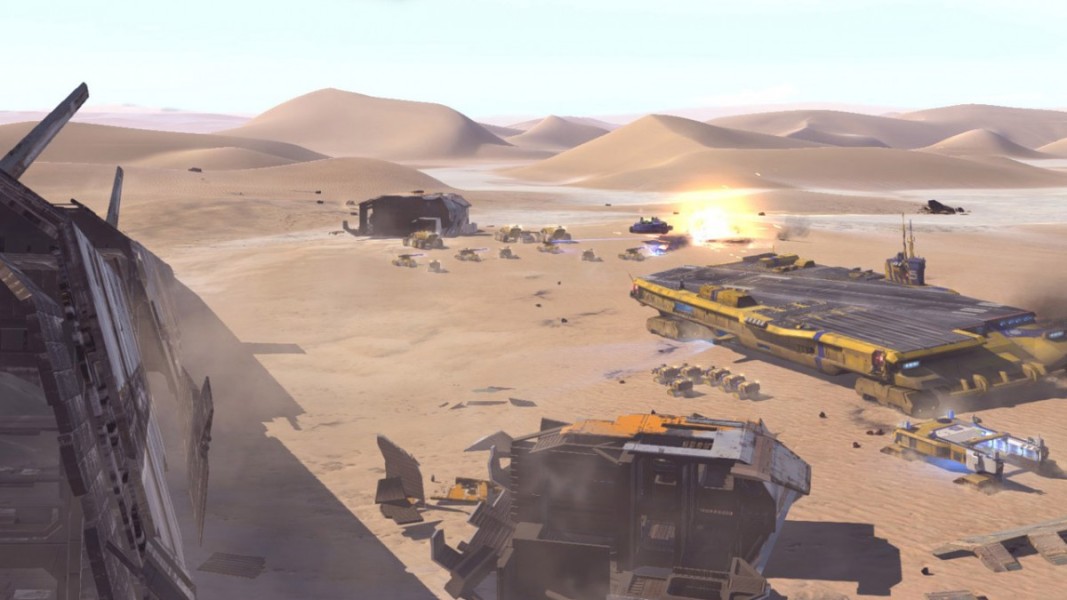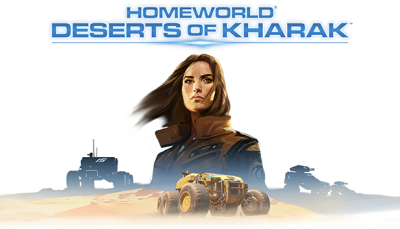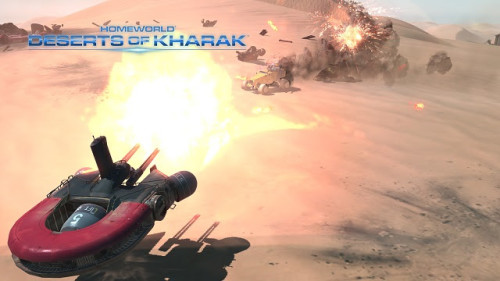Homeworld: Deserts of Kharak, the first new title in the coveted Homeworld series, recently broke its way onto the Steam store. A prequel to the Homeworld series, Deserts of Kharak takes players across the barren planet of Kharak in search of their own salvation.
Homeworld: Deserts of Kharak
Developer: Blackbird Interactive
Price: $50 ($40 with Homeworld: Remastered Collection)
Platform: PC
MonsterVine was supplied with a PC copy for review
Notably different than other titles in the Homeworld series, Deserts of Kharak takes place exclusively on the ground. Despite this monumental shift in setting and RTS style Homeworld: Deserts of Kharak is surprisingly similar to its space-faring counterparts in all the right ways.
Mere moments after taking control as the commander of the Kapisi, your mighty sand-crawling aircraft carrier, it’s easy to see the game’s roots. Motherships have been replaced with command cruisers and frigates with smaller cruisers. The camera works similarly, with a battlefield-level camera and a higher-level tactical view. The obvious difference here is the inability to move the camera in a 360 orbit in the Z-Direction but it’s familiar nonetheless.
For a short while it’s difficult to see how Homeworld: Deserts of Kharak connects to the original series, but the core tenants of the series is evident throughout. During the Kapisi’s first outing alongside the game’s protagonist Rachel S’Jet, a leading scientist with personal ties to the mission, a sense of desperation quickly sets in. The majority of the story details the Coalition, comprised of the S’jet as well as other similar groups, as they seek the salvation of Kharak. If the extremely harsh nature of Kharak wasn’t enough for the Coalition, they’re also mercilessly suppressed by the Gaalsiens. The Gaalsiens are religious zealots with advantages in both numbers and technology.
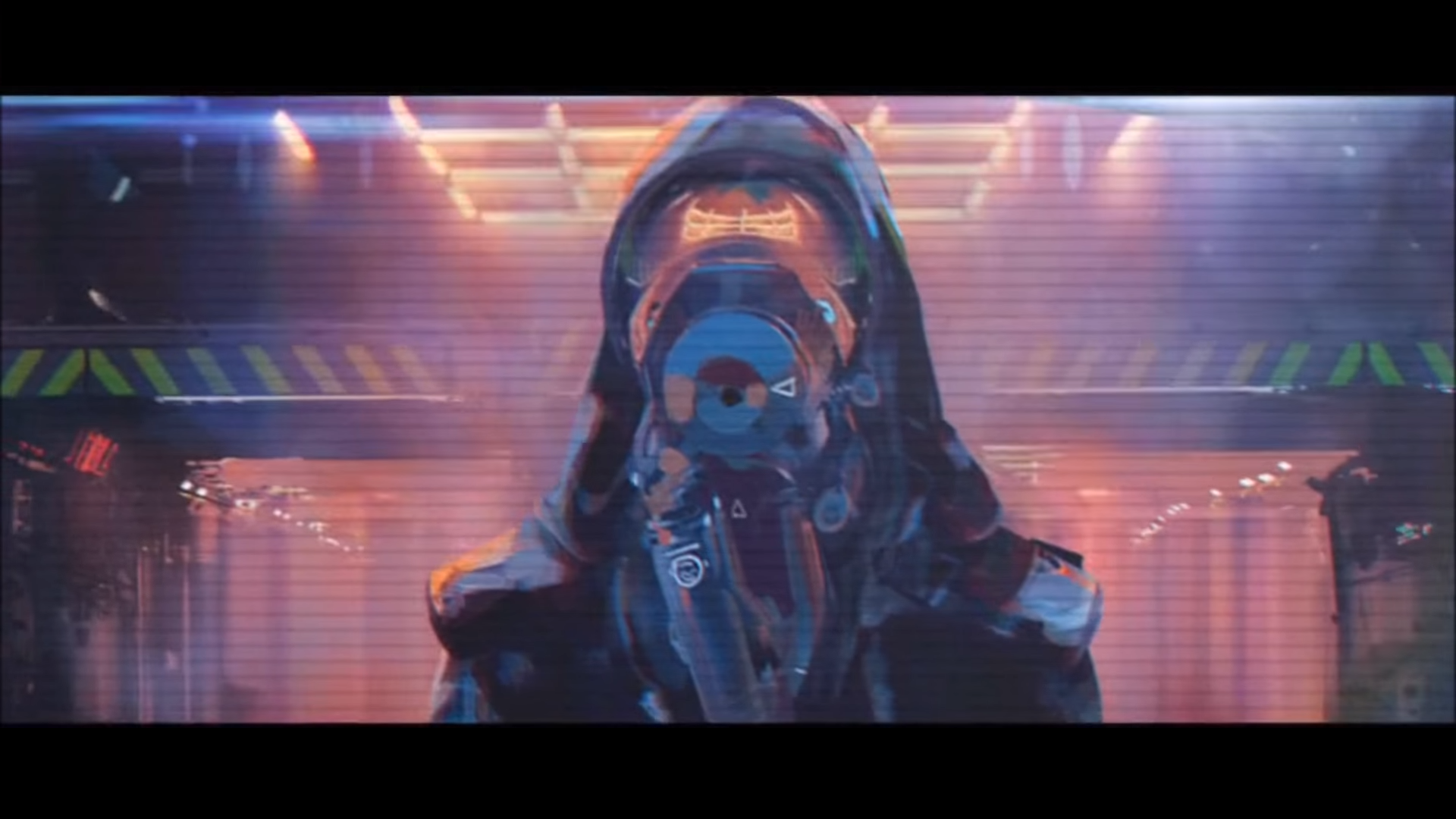
From here the story develops organically and surprisingly compelling for an RTS title, which is great as the single-player campaign is definitely one of Homeworld’s biggest pulls. The cutscenes are done in a half-animated drawn style (think Mirror’s Edge) and while I am usually turned off by that sort of thing, the visuals match the environment well and the animations are extremely smooth. The storytelling falters at times when it tries to develop backstories and some connectivity to the larger and more complicated universe, but these moments are few and far between. This title originated as a “spiritual successor” to the Homeworld series that focused on cracking open and harvesting derelict spacecrafts before becoming an official Homeworld title, which can bleed through the cracks at times. However, most of the time I was either taken back by what had just occurred or wanting to figure out more about what was happening on this vast desert planet. While the story progresses in some extremely interesting and fun ways, the scope of Homeworld: Deserts of Kharak is too limited to be a true prequel in the series, and I was left hoping for more concrete connections between games.
The core elements of Homeworld: Deserts of Kharak really shine throughout the campaign. Unlike some real-time-strategy titles there’s almost no disconnect between what you can do in the campaign and the multiplayer components of the game. Army persistence makes a return in Deserts of Kharak, and while I rarely perform well enough to take advantage of this feature it creates a sense of continuity that I absolutely love. The downside of this feature is that depending on your skill level you’ll probably dominate or be dominated in later rounds, as some missions supply very little resources. If you ever get stuck with an army that is too small or too weak to progress, like I did in the final missions of the game, it’s always possible to start a level with the “Default Army” option. This provides you with what the developers feel you should have at the time, which was almost always much larger than the army that I had naturally. However, this played a key role in personalizing my experience in the game. Because I wasn’t as smart with my resources and unit efficiency early on, I was left high and dry in later missions, forcing me to resort to guerrilla warfare and extreme unit optimization.
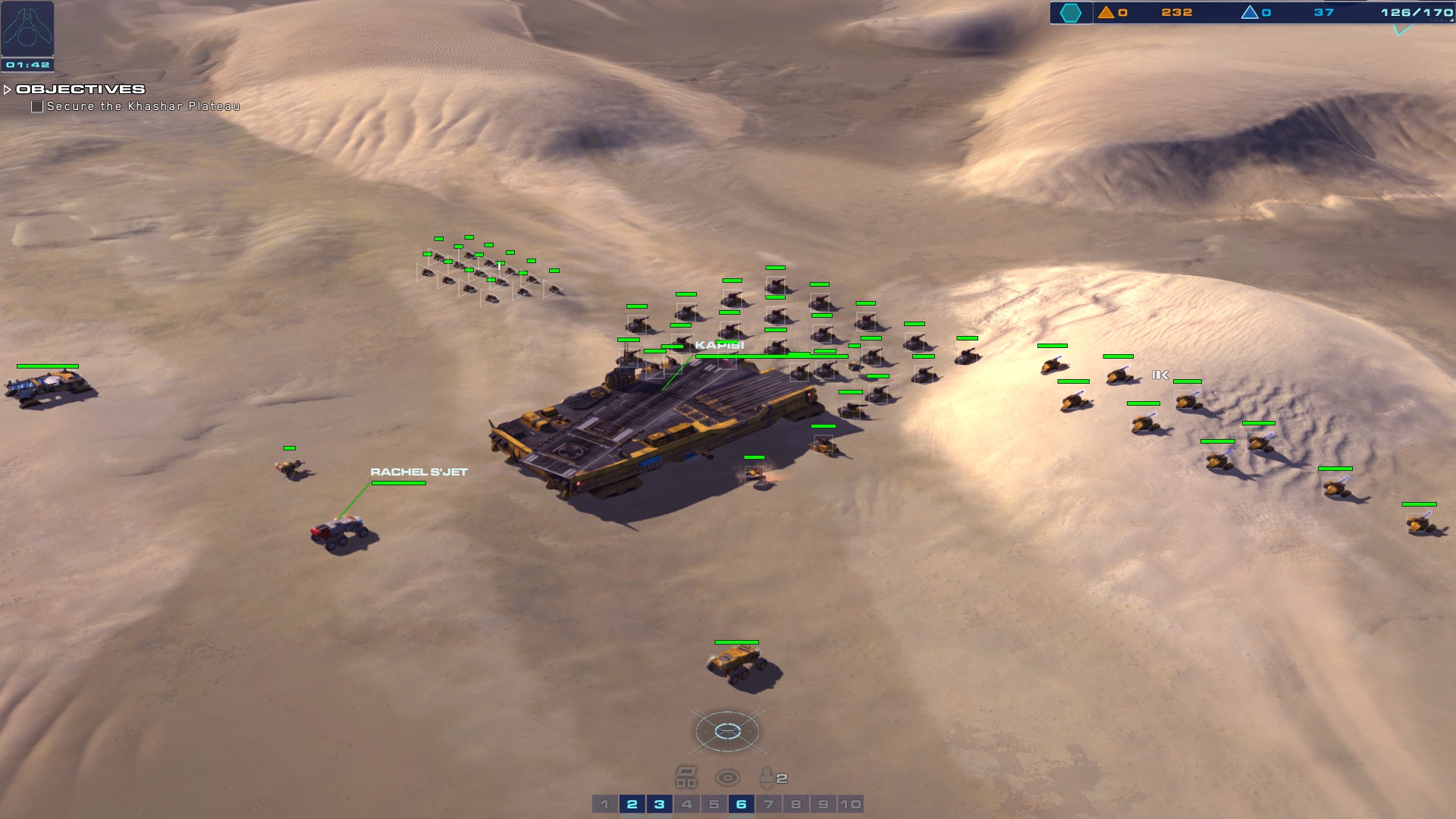
After what was ultimately an exciting and lengthy campaign, I decided to test my skills in the skirmish game modes. The primary game mode here is “Artifact Extraction,” and it plays like a hybrid of zone control and capture the flag game modes. In general, there are 3 artifact plates in the center of the map that spawn artifacts after a short time. Each player must capture these artifacts and bring them back to their own extraction zone. After these plates are empty for a short time, artifacts will respawn and players will have to venture out and capture them once more, and the first player to capture 5 artifacts wins. This concept is both simple and unique, and over the course of my playtime it was clear that this game mode acted quite different map-to-map. On some maps the extraction zone was on your side of the map, while on others it was on the opponents, forcing players to constantly swap between speedy and forceful strategies. Homeworld: Deserts of Kharak also features a classic deathmatch variant known as “Annihilation” in which your enemy’s destruction is the only way to secure victory.
Unfortunately, the skirmish game modes revealed what is perhaps Homeworld: Desert of Kharak’s greatest flaw, its AI. While the campaign could hide the shoddy AI tactics with scripting and story-based reasoning, there is simply nothing that could explain what is simply a dumb AI in skirmish game modes. In pretty much every round I played offline my opponent sent small waves of enemies after me, even if it had a much larger force at its disposal. Unit composition didn’t seem to differ on what I used and even when the enemy had an obvious tactical advantage I always felt like I was coming out on top. What is even more embarrassing is the fact that at the highest level of difficulty the AI actually cheats, and it still loses. There is almost no change in tactics or difficulty aside from the fact that the AI gains nearly 4 times the resources in an environment with set resource limitations. There was no way for me to explain the raw speed and quantity at which my opponent gathered resources, but even then it was easily overcome. While this is a pretty serious issue when talking about the longevity of the game, the same problems do not stretch into the game’s well-tuned multiplayer experience. The one area that the multiplayer is truly lacking in its content, as there are only 7 maps, some of which are made specifically for certain team sizes and player amounts.
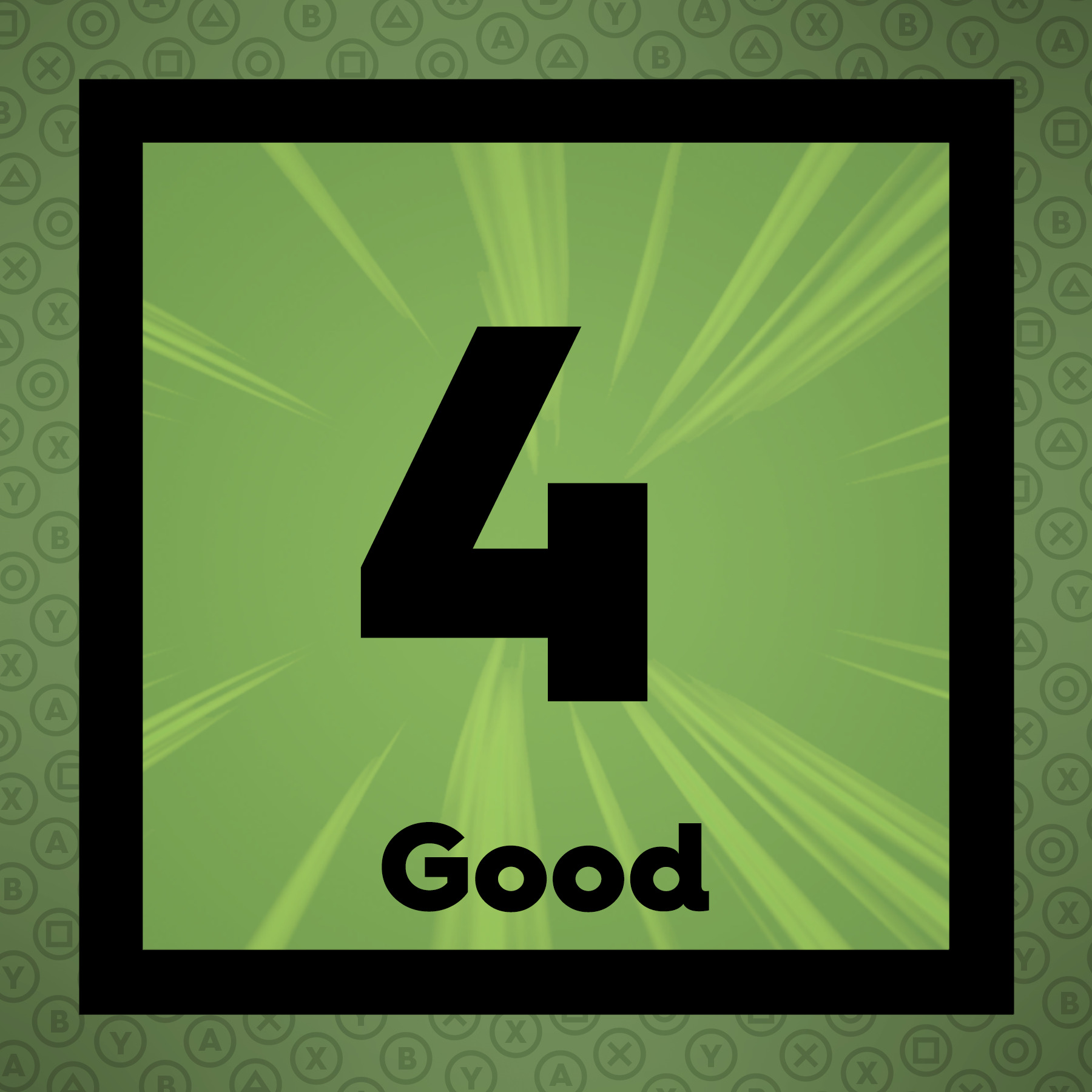
The Final Word
Homeworld: Deserts of Kharak is an extremely well-made and enjoyable RTS title. The story, while seemingly insignificant in the scope of the Homeworld universe, is exceptionally entertaining through and through. The game’s let down at times by poor enemy AI and a lack of content, but the core features and gameplay make this a title I’ll gladly return to.



